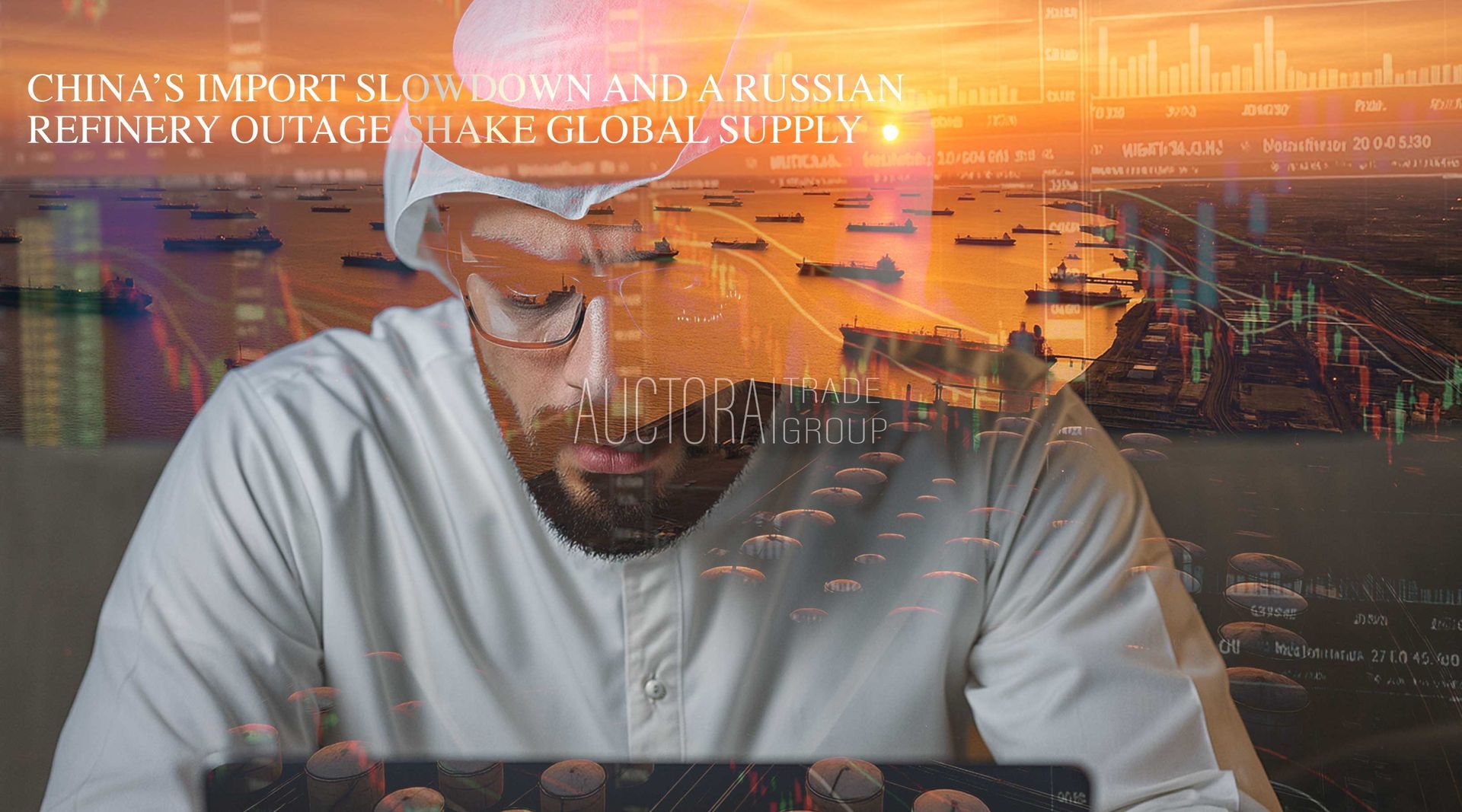Strategic Insight for Buyers, Investors, and Brokers in Times of Change
Published in Abu Dhabi - UAE, 31 July 2025 12:26am (GMT)
Global capital is moving and increasingly, it’s moving into the UAE.
With traditional Western markets under pressure from interest rate uncertainty, inflation hangovers, and political volatility, investors are seeking safer, more flexible jurisdictions to deploy capital. The UAE particularly Abu Dhabi and Dubai is emerging as a leading destination for serious buyers, investors, and commodity players.
Why the UAE Now?
1. Financial Efficiency & Tax Optimisation
The UAE offers a zero corporate tax structure (in many zones), strong double-tax treaties, and no restrictions on capital repatriation. For high-value investors, this presents a clear financial advantage when compared to heavily regulated jurisdictions like the UK, EU, or U.S.
2. Regulatory Stability in Uncertain Times
Unlike fragmented markets, the UAE provides clarity, consistency, and commercial alignment across sectors like energy, real estate, and strategic commodities. Licensing is streamlined, and compliance pathways are transparent for well structured entities.
3. Infrastructure for Global Trade
With major ports, logistics hubs, and a mature financial ecosystem, the UAE is built for global dealmaking—from diesel allocations to large-scale real estate development.

What Investors Are Thinking
At Auctora Trade Group, we’re seeing a clear pattern among our clients and network:
- Buyers are re-domiciling or setting up UAE entities to optimise transactions and gain local credibility.
- Development investors are shifting capital from Europe to the Gulf, where returns are higher and project pipelines are active.
- Commodity mandates are now prioritising UAE aligned structures to facilitate access to Gulf allocations, banking relationships, and regional trade support.
This isn’t just about trend-chasing it’s about sound strategy.
What Serious Investors Should Do Now
If you’re in a position of influence managing capital, sourcing product, or advising mandates now is the time to:
- Review your operating structure: Does your current setup serve your financial and strategic objectives?
- Engage local partners: Work with brokers and consultants with boots on the ground, strong compliance understanding, and access to the right networks.
- Act before the window tightens: As more capital flows in, regulatory scrutiny and competitive pressure will only increase.
Final Word from The CEO
We understand that serious investment decisions require more than just opportunity, they require clarity, structure, and trust. I have supported both emerging and seasoned investors in establishing a meaningful presence in the UAE, navigating the regulatory landscape, and unlocking high value opportunities across energy, infrastructure, and strategic development sectors.
From sourcing verified fuel allocations to structuring capital participation in large scale projects, our approach is grounded in diligence and long-term thinking.
I work closely with each client to understand their objectives, assess risk profiles, and align strategies that match their ambitions, not just in the UAE, but across global markets.
If you're looking to enter this region with purpose, build a lasting footprint, or diversify your portfolio with high-integrity partnerships, our team is ready to support you with insight, credibility, and discretion.
We don't just facilitate deals, we help investors shape their global position with confidence.
PL Henderson
CEO Auctora Trade Group














